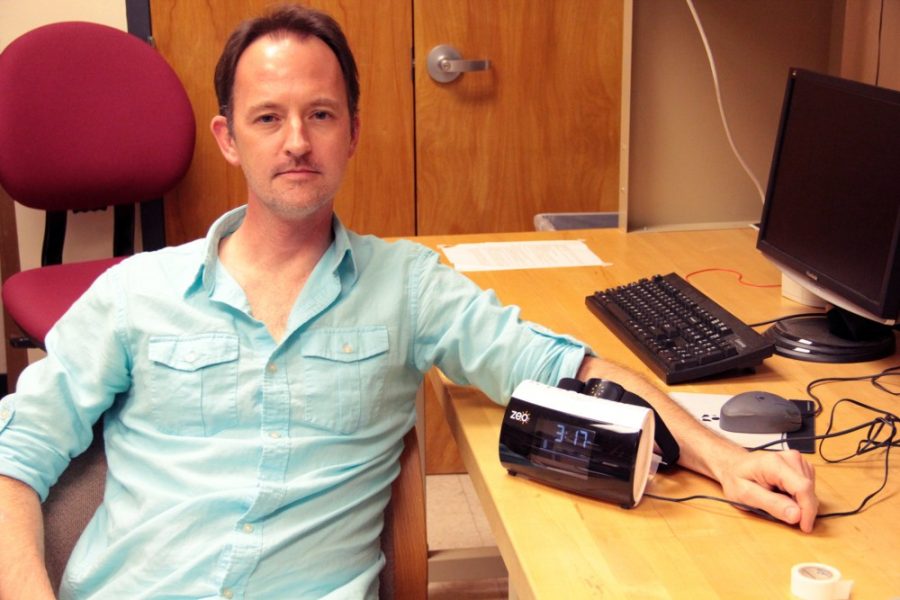According to TED, 18 minutes can change the world.
Technology, Entertainment, Design is a nonprofit organization that aims to spread impactful ideas through its “Talks,” in-person and video-recorded speeches that last 18 minutes or less.
On Sept. 19, TEDxTucson, the locally-organized TED program, held a Salon event in the UofA Bookstore basement. Among the speakers were Adam Block, an astrophotographer and program coordinator for UA Science’s Sky Center who spoke on the importance and purpose of astrophotography, and Jade Beall, a local photographer whose A Beautiful Body Project has gained international attention for its celebration of the varying bodies of women.
Also among the speakers was Charles Higgins, an associate professor of neuroscience at the UA, who spoke about sleep.
“I never thought about sleep until I stopped sleeping well,” Higgins said. His doctor referred him to a sleep study, where he was unsatisfied with the use of the polysomnograph, a diagnostic test involving a series of medical machines that can inhibit normal sleep.
“The point of the polysomnograph isn’t to measure normal sleep,” Higgins said during his TED Talk, “but to measure pathological sleep … My sleep was not that pathological. It just wasn’t what I wanted it to be.”
In searching for a solution to his problem, Higgins found the Zeo Bedside Sleep Manager, an alarm clock that records the electrical activity of the brain by way of a comfortable headband. This information is what doctors actually wanted to know about a patient’s sleep.
“The Zeo device itself wasn’t quite satisfactory to me, so I built a little add-on onto the back … that gives much more detailed information than the Zeo device could ever provide,” Higgins said.
With the augmented Zeo device, Higgins’ team will be able to gather information about normal sleeping patterns for the first time.
A measurable phenomenon that occurs during sleep is the sleep spindle. When charting electrical activity over time, a shape called a “sleep spindle” can occur, which resembles the shape yarn makes when spun on a spindle.
Though the purpose or cause of sleep spindles is still unknown, one guess is that they signify the brain shutting off sensory input for all senses beside the sense of smell. Examining the nature of sleep spindles in a healthy person may tell researchers a lot about how well a subject is sleeping.
It is also understood that there is a correlation between psychological disorders and sleep, and by exploring the sleep patterns of subjects without pathological sleep disorders, Higgins said he hopes to find exactly what that correlation is and whether it is a cause or effect of the disorder.
In the future, Higgins said he thinks that examining a person’s sleep patterns could be a good indication of general health.
“If I could look at a month of your sleep, or six months of your sleep,” Higgins said, “and say you’re depressed without ever even being in the same room as you, that would be incredible.”









